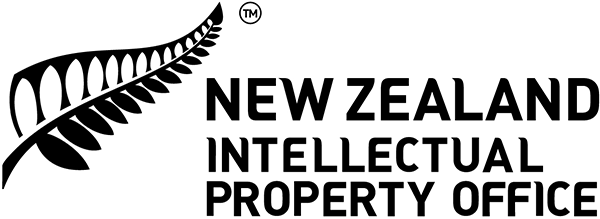XFrame
Innovative building company, XFrame, aims to minimise building waste and revolutionise how architecture is put together. The innovative XFrame structure gained a registered design, trade mark, and a lesson on the importance of timing for patent protection.
Ged Finch stands next to an internal wall with patterned crosses on it. We see the reflections of these patterns on the floor.
He says, “No matter how remote or how removed you think you are from the IP process, stop and think about it. It's likely to be a very key part of talking about your technology, your invention, to other people.” We see him slotting wall panels into place. And then the finished internal wall, with a pot plant in front of it.
“Where I grew up is a very beautiful part of the world. It's a very untouched landscape. And as I grew up, I started to see a different side of that, which was development and growth and an impact on the environment that I loved. And so XFrame is trying to do something about it.” A New Zealand bush scene is shown, followed by images of XFrame internal wall components.
Ged sits in front of the camera, we see him answering our interview questions.
“My name is Jared Finch, Ged. I'm the director and founder of a company called XFrame.
On screen is a timelapse of a building being constructed. The XFrame panels and framing rise out of the foundations quickly. It has a distinctive lattice pattern that looks quite different from traditional framing.
“XFrame at its core creates a modular frame that is designed to go into buildings and then be recovered at the end of its life.”
We see Ged bolting internal panels together, inside a warehouse. Bolts are used instead of nails. The shot changes to Ged in the interview (again).
“I've been interested in construction and prefabrication, and new technologies, right since I left high school. I've been very lucky to continue that through my education and then spin a company out.
Halfway through my research process I made a series of models, small little laser cut models, and a pattern jumped out that made sense, structurally and architecturally.”
On screen is a timelapse of small architectural models being put together into lattice structures. Then full scale versions are shown.
“And here it is five years later in buildings in Australia, New Zealand and the US.”
Ged is again talking to the interviewer.
”XFrame’, the name, sort of just happened as it does. Our framing is X shaped. I was standing there, manufacturing the first prototype with one of our partners.”
We can see the manufacturing plant. In the fore ground is a computer driven laser cutter, machining lattices out of plywood.
“The guy asked me “Oh, what do I call this file?” And lo and behold, ‘XFrame,’ popped out, and here we are.
XFrame offers the ability to easily change the walls or the structure.”
Ged is shown changing modular wall panels, clipped to an internal wall. We then see him building an internal wall from XFrame modular parts.
“We're very confident that there's no other product like it in the market. It's easily recycled, updated, reconfigured, moved and on-sold. All of the things that you need to make a circular economy happen. XFrame operates within the construction market. Architects and designers love it, because they see it as a new way of interacting with the building.
On screen are builders framing a building in a suburban environment.
“Younger builders love it, because they can see the technology in it, the innovation, the willingness to try something new. In the customer end we're also seeing a great response from those who see value in something that they can then reuse.
We return to the interview scene, and then shift to unknown people working with Ged, constructing internal walls for a retail store fit-out. They have the components laid out on a polished concrete floor, while they clip them into place. The scene then moves back to the studio interview with Ged.
“The XFrame technology was publicly disclosed. And that meant we had to find elements of the system that weren't disclosed or had then since evolved after that initial disclosure. So we've used a design registration as a way to protect the physical shape and look of the XFrame system. Specifically in this instance, it’s the clip that holds some of the frame elements together.
The construction elements are shown, illustrating the ‘X’ pattern or lattice inherent in the design and trade mark.
“And then we related that to the trade mark of the XFrame brand, so that we've created a comprehensive protection of the XFrame brand and system.”
We see Ged in the studio interview setting. Close up shots of the internal wall system are shown as he speaks.
“Through the Victoria University of Wellington Technology Transfer Office, Stephanie Grant, the Intellectual Property Manager, connected me with AJ Park and other intellectual property firms, and then helped educate me around the process and the steps required. We've registered provisional patents in Australia, as well as registered with the Intellectual Property Office of New Zealand.
Because of the way we manufacture and the way we distribute that manufacturing, we need really clear, defensible solutions for the XFrame IP. I think start-ups should plan for that and speak to people that know what IP can be, as soon as possible. It’s really important. So although you might dismiss a patent initially, there might be other opportunities that can be extremely valuable.
The Xframe IP will continue to evolve and we're obviously constantly coming up with new ideas. And as part of that, we will always look to defend those new ideas to create a wider story and more impact.”
The final scene is of Ged leaning on a finished internal wall. There is a title sequence that says “Own your build it better idea.” This is followed by the IPONZ logo.
View more case studies
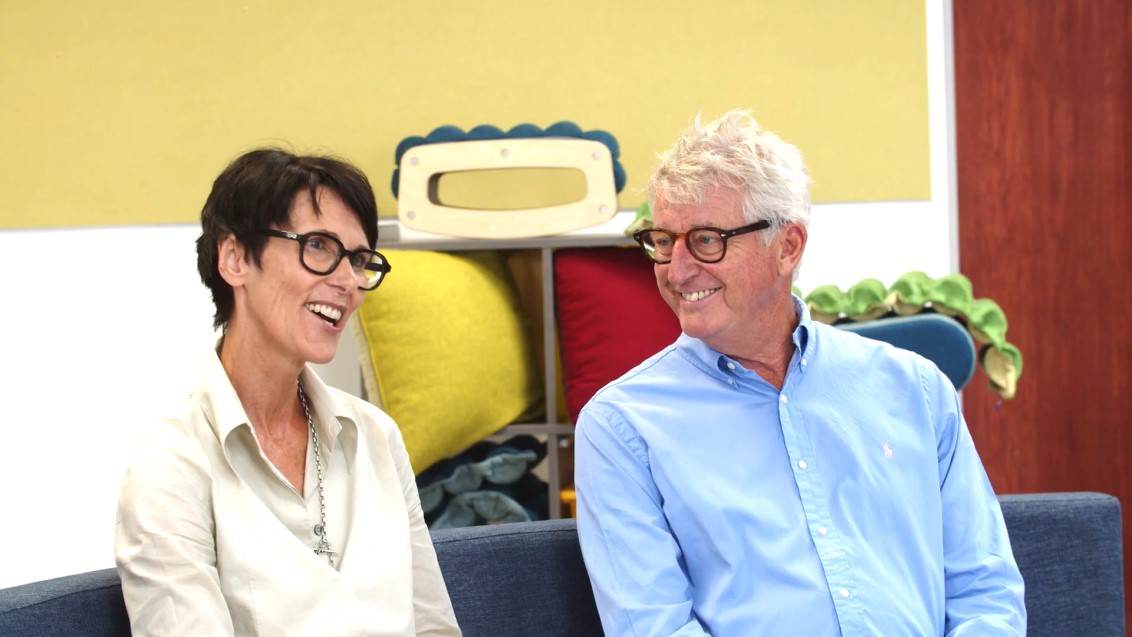
Resero specialise in classroom furniture that helps kids achieve more at school.
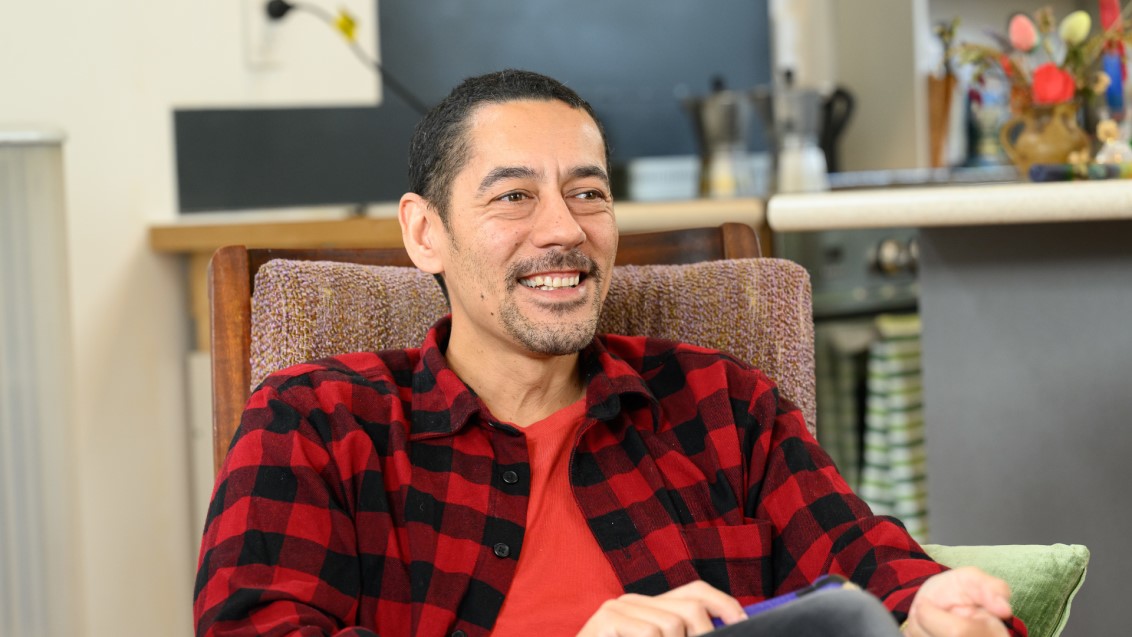
Based in the hills of Wellington, Paku honours mātauranga Māori in the creation of tools for children.
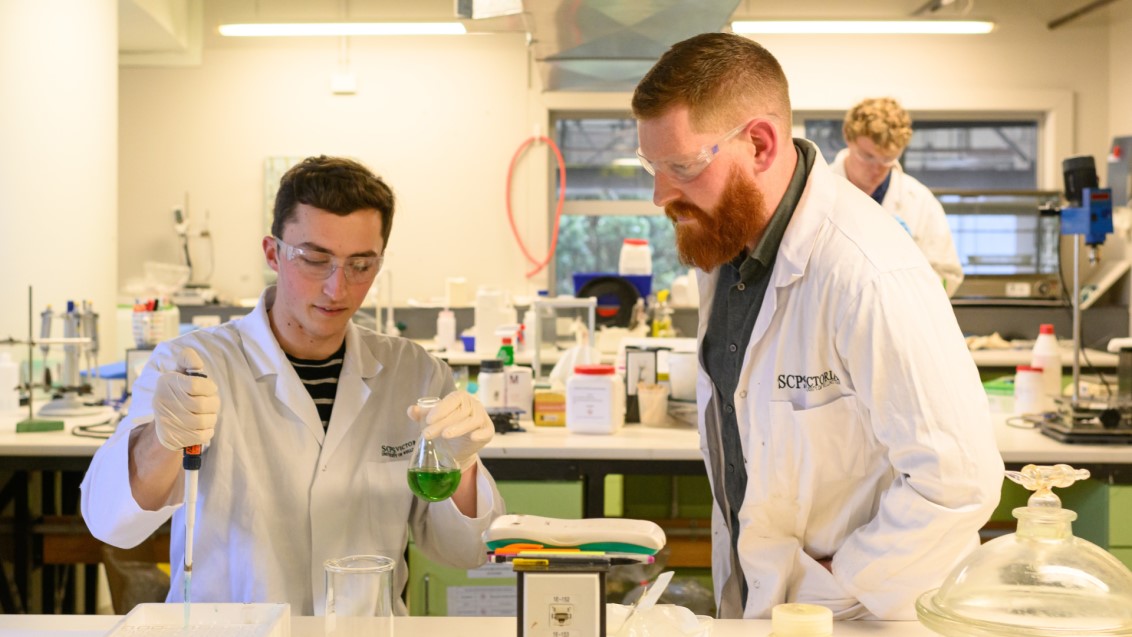
Eldon Tate knew he needed to protect his world leading antimicrobial technology before going to market.
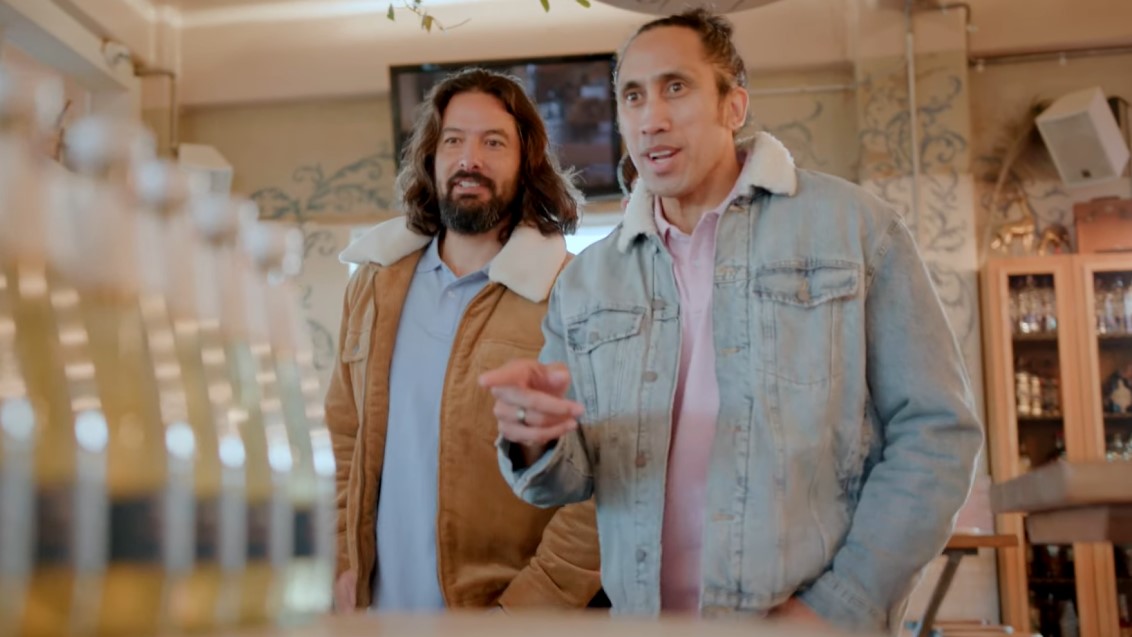
Wai Mānuka. A locally-sourced, premium, non-alcoholic beverage dreamed up by 3 friends at a party.
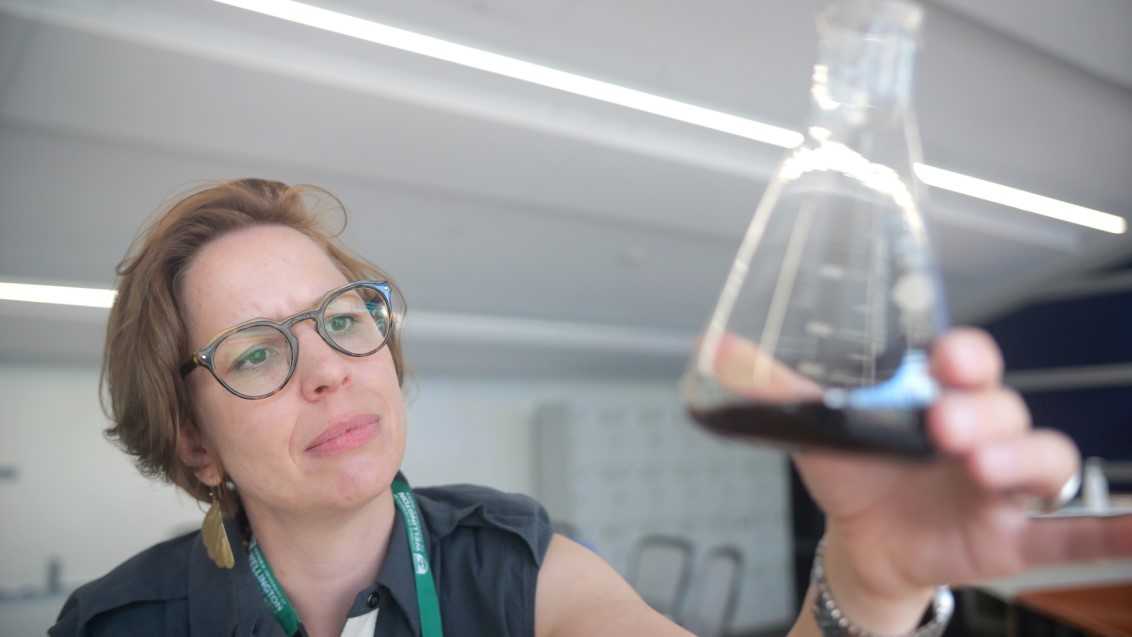
Evithé Biotechnology tackles the inflammation process by applying the ways plants defend themselves.
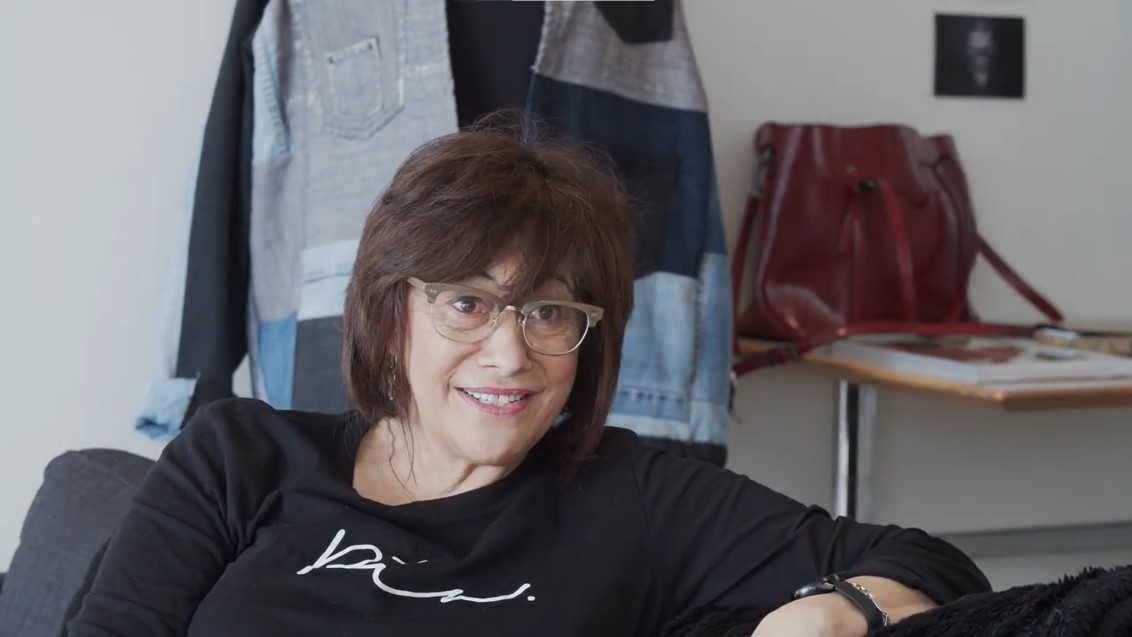
Miromoda nurtures young Māori fashion designers into an edgy annual showcase at NZ Fashion Week. Trade mark protection helped them build their brand.
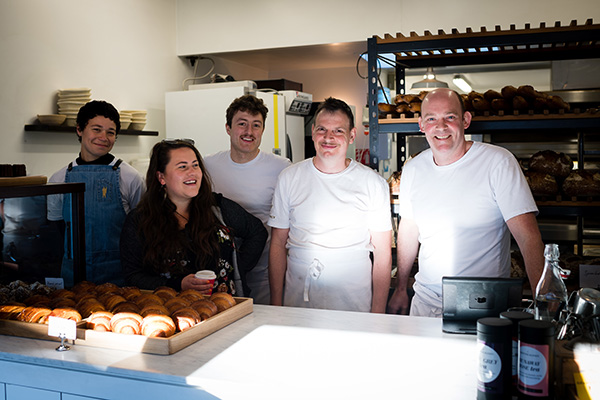
Registering their trade mark early meant Baker Gramercy’s brand was protected as their reputation for authentic, fresh-baked goods took off.
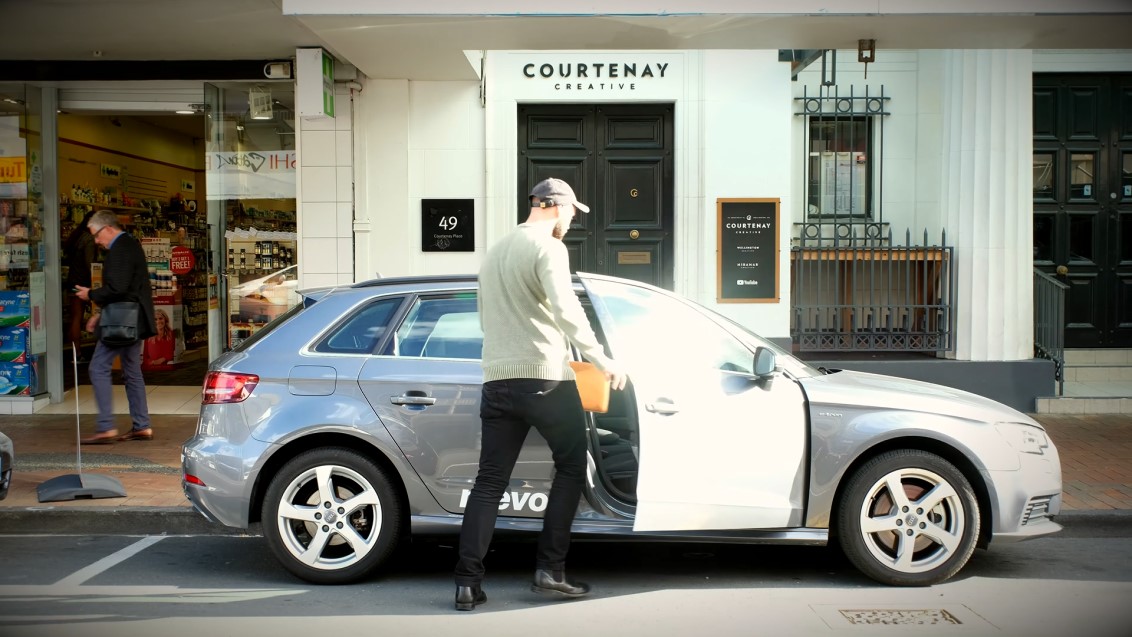
Gaining thir own trade mark, and licensing other brands’ software IP, this unique car rental company got moving faster than ever.
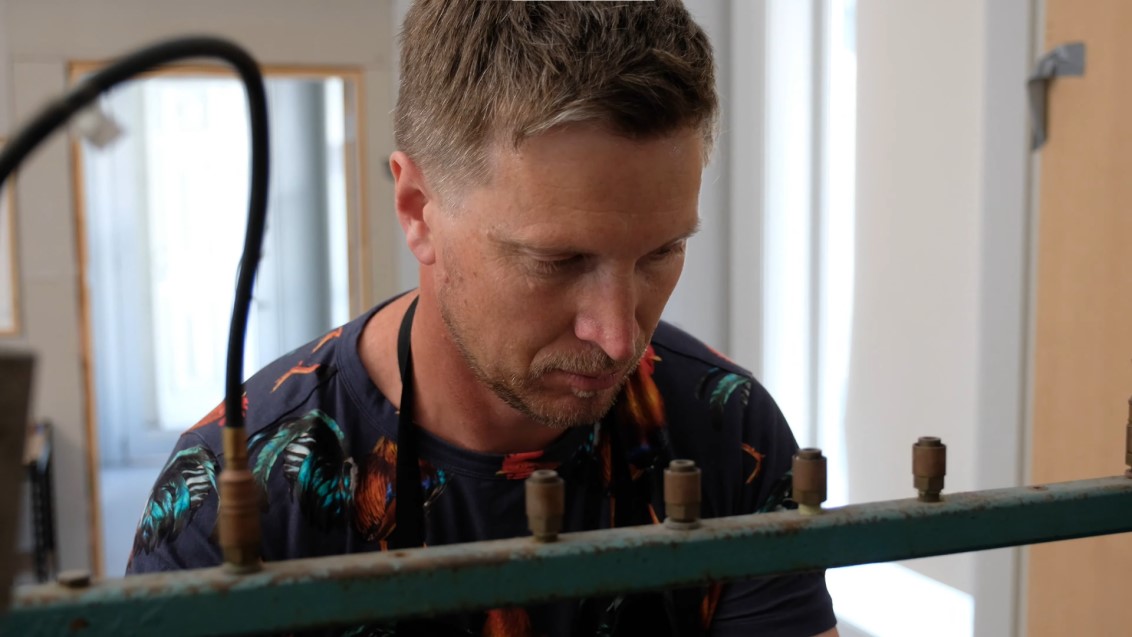
With their distinctive wallpapers and screen printing in high demand, find out how PaperHands protected their reputation with a registered trade mark.
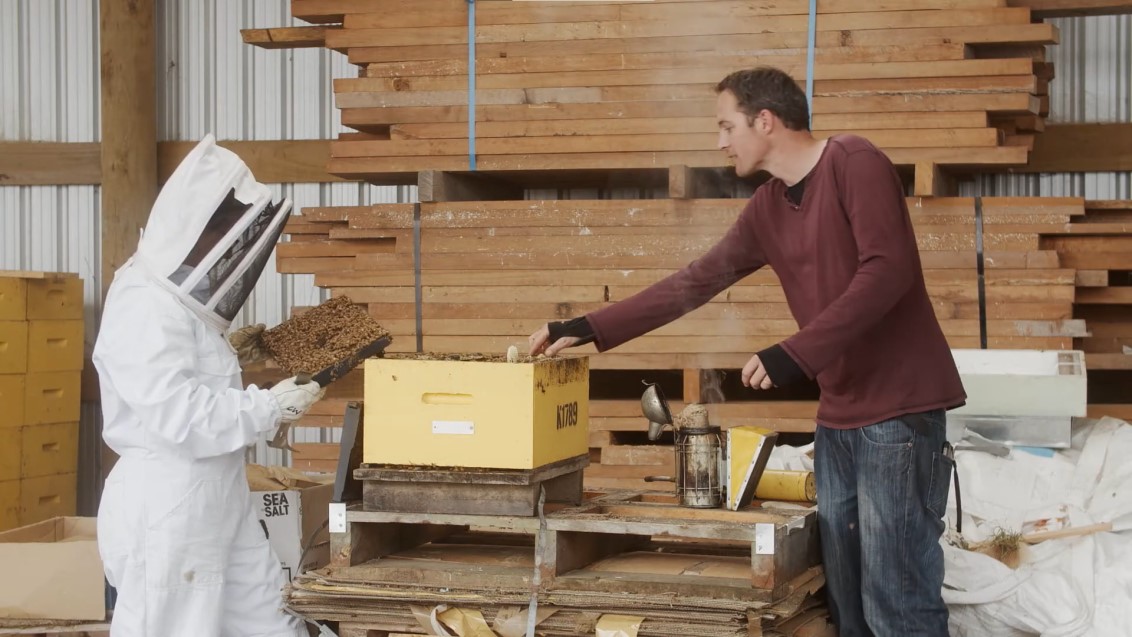
A newfound love for beekeeping sent Julian McCurdy on a mission to create new tech to monitor beehive health.
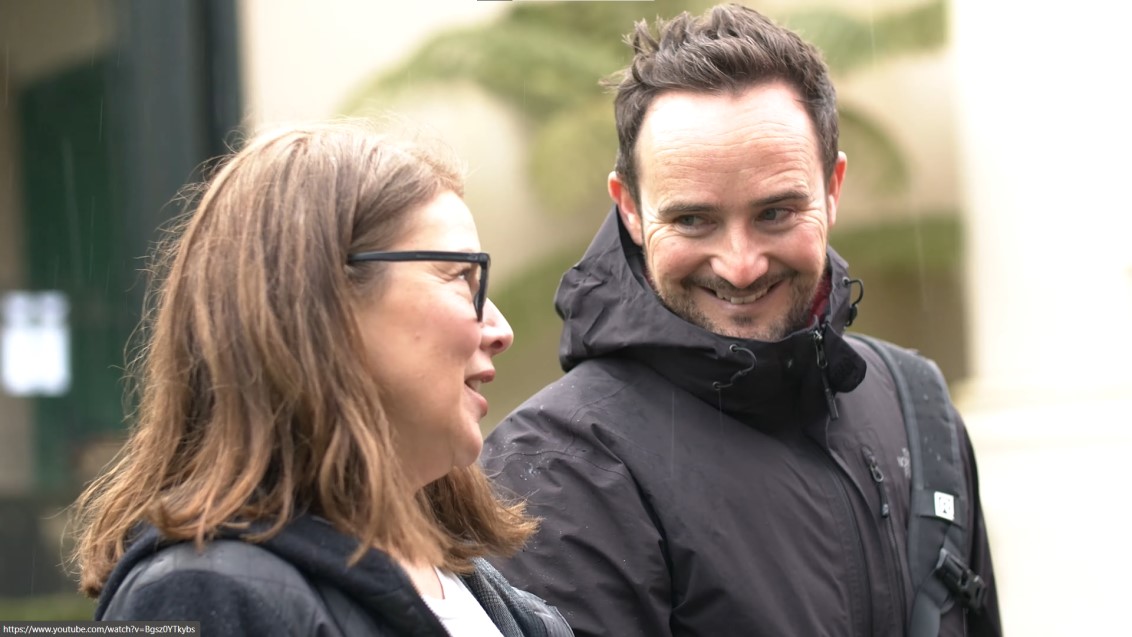
Kind is the new cool. A small Wellington based team make it easy to give one percent of your income to some smaller, cool, Kiwi-based charities.
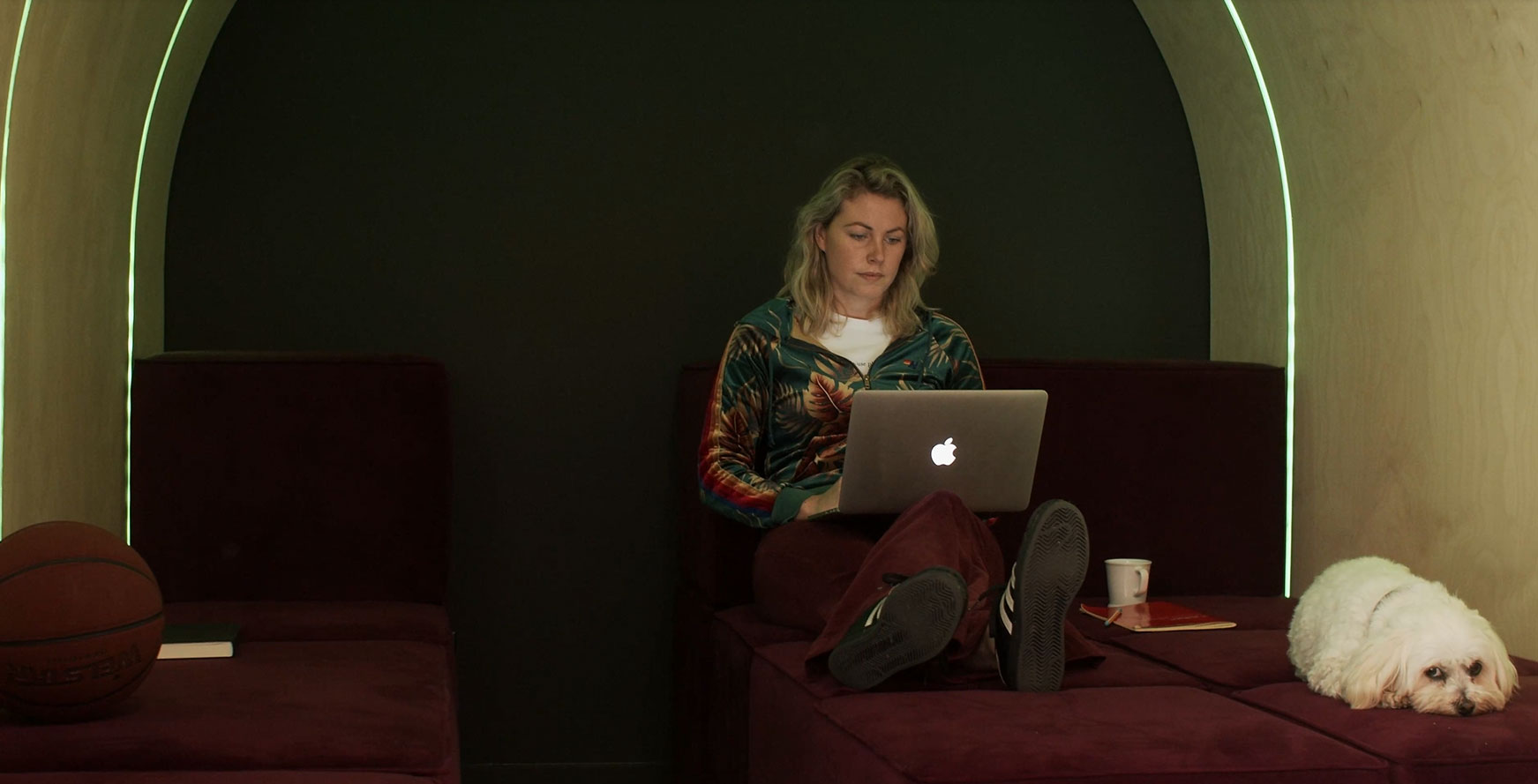
Story telling using immersive virtual reality; creative design agency Wrestler is pushing the limits with the help of IP.
